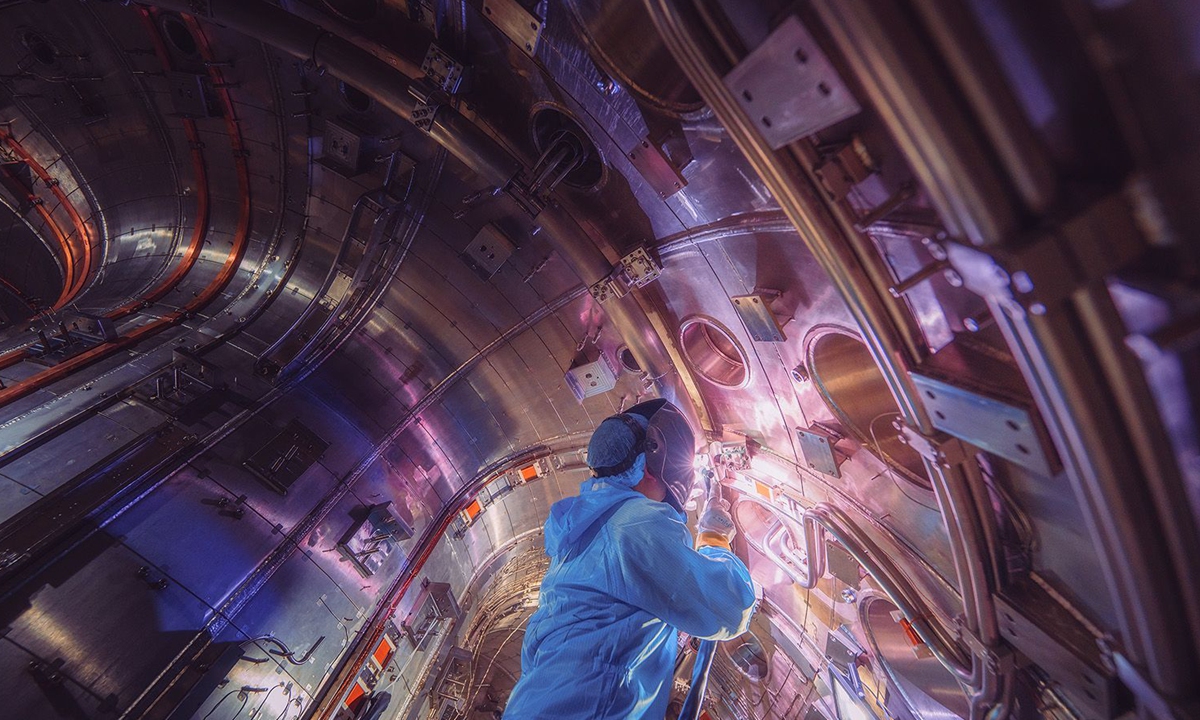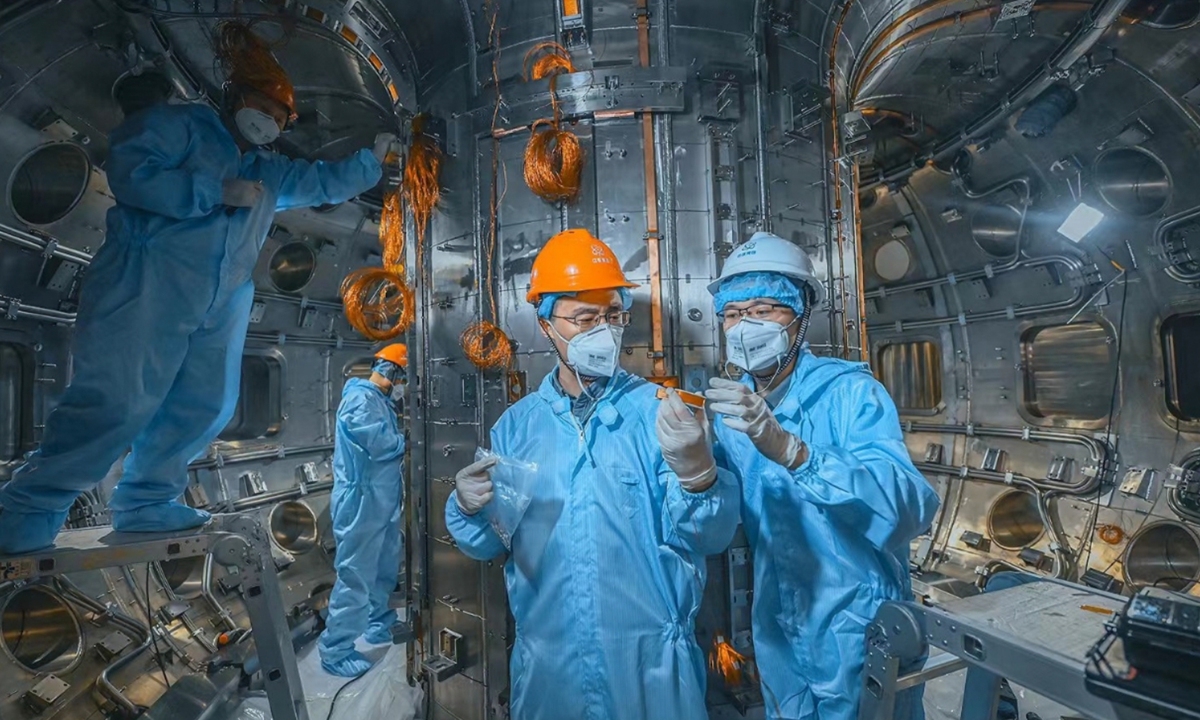This month is starting out really hot at 33 degrees at 80% humidity and I'm dying. Heat is the enemy here. It's very noticeable that it has really gotten hotter over the years, SEA and India are already seeing record temperatures and May-june is when temperatures peak, so it's highly likely to get even hotter. I'm going to say that countries near the equator, India, Africa, the Middle east, SEA, Mexico, South America are fucked. 35 degrees at 80% humidity is crazy, an hour of work during the noon could literally kill you, despite having access to all the water you need, heat exhaustion and heat stroke is so common for soldiers here. I can't imagine how the 50 degree heatwaves feel like. It must be like living in a giant steamer.
Heat really is the enemy here. It screws you up good. It's basic thermodynamics, heat engines are less efficient, your proteins denature, power lines sag, road melts, plants get heat stress and wilt, droughts are way more common and rainfall can get very intense, leading to flooding, more intense cyclones, more topical diseases, livestock dying of heatstroke etc etc. That's why I don't think China worries about India or SEA, they know that the region is screwed long term. Like people, especially Indians like talk about China's economic and demographic problems, but nobody talks about how there's going to be yearly 50+ degree heatwaves that push the limits of human survivability.
And even before it kills you, like I said, it's a drag on everything, you get more tired easily, it worsens air pollution, it decreases productively, infrastructure gets more wear and tear due to heat expansion. Things like demographics is fixable, changing the temperature of a entire sub continent is not. Singapore work productively doubled after the country managed to install air-con for almost every office in the country. India isn't going to be as lucky, not only are they a lot poorer, but I can't imagine their power grid keeping up with 1.5 billion air-cons running at the same time and India's workforce largely consists of outdoor laborers anyway.
Best case scenario, those regions I mentioned hang on but everything is much worse. GDP growth and the economy is fucked, quality of life takes a nosedive, food/water shortages become a regular thing, massive floods, regular heatwaves that kills thousands every summer, everyone has to live with aircon, air quality is horrible, it's like living in a sauna but states manage to hang on. Worse case scenario: Massive famine due to widespread crop failure, massive water shortages, heatwaves that kills millions every summer and cripples powergrids, entire regions are basically turned into deserts-even the plants and animals are killed by the heat.
We're already seeing headlines like "thousands killed due to heatwaves in India" but what the headline fails you tell you is that for every person killed, there's probably 1000x more people that got heat exhaustion, got sick with other diseases due to heat stress, had to call in sick for work to avoid the heat, had issues with air pollution due to the heat, running their air-con at full blast for hours and more. It fails to capture the full magnitude of the problem that increased heat causes. Not a single person has to die and we'll still be seeing massive detriments to society as a whole.
There's already regular 50+ degree heatwaves in India, and as the years go on this will just keep increasing in duration and temperature. Of course this will only be during their summer period, but it only takes a few days of 55 degree heat at high humidity to kill. It doesn't have to year round. We could see entire regions where almost no human life can survive just due to a few weeks of 60 degree heatwave in the summer. Maybe even the regions turning into a desert, plants also don't do well in 50+ degree heat.
It's kinda crazy how nobody is seeing this coming, even though the last 4 years have been seeing record heatwave after record heatwave. Again, you have "expert analyst" who predict that China and Russia are doomed in 20 years, but shill SEA, Mexico and India because good demographics but never mention how climate change is gonna fuck those regions up hard.
And those governments aren't doing anything. India is downplaying the heat waves and not really doing anything about them. Well to be fair, there's not much that they could do, but still. There's a country destroying threat looming over them and their response is to pick a fight with China and shun Russia. Well, pick a fight with all their neighbors really. Because the best thing to do is to have bad relationships with the northern neighbor that controls a good chunk of your water supply, have the cooler climates that your population might have to flee to, has all the energy and manufacturing infrastructure that might be the only way of surviving the mess. That's democracy for you, who cares if climate change is gonna fuck India in the ass 20 years from now and that working together with China might be the only way for the nation to survive, we have elections in 2 years so we have to act strong for our nationalistic population. Same with the Philippines, who are also gonna experience lots of heat related issues.
And with western nations. Trying to prop up India and Philippines to counter China isn't going to work, especially not if they had to drive Russia into China's arms. Like I'm simplifying a lot of shit here, but that's basically what happened in the last 4 years. The West gave up Russia for India and the Philippines. And yeah, Russia has a lot of issues, is a major shithole and will only get less relevant as the world moves on to renewable energy but in the long run it's still gonna to be extremely valuable as the world heats up. It's probably the most massively shortsighted deal I have seen. I'm so glad that Russia is firmly in China's sphere of influence right now.
I'm focusing on India because it's hard to imagine how fucked they are. And how they seem to be content at kicking the problem down the road. South Asia in general is fucked. India is bordered by Pakistan, Bangladesh, and Myanmar, all of which are also gonna be hit by increased flooding, heatwaves and sea level rise hard. There's no real place to move to, maybe Nepal or Bhutan, but there's no way they can fit that many refugees. Pakistan has nukes and will have even more intense heatwaves and will have massive tensions over water. Bangladesh will also have heatwaves and even minor sea level rise will displace millions that will likely try to flee to India. Myanmar is basically already a failed state and I don't see it getting any better, and again, same heatwave problem. Indians will likely try to move south, but there's already massive state and racial tensions within India, so I can't imagine mass immigration within it's own border going well.
Of course China is also gonna be hit by climate change, we're already seeing it, and southern/western China already has plenty of extreme heatwaves. There's gonna be extreme flooding, droughts and increased level of heatwaves like the rest of the world. But China does have plenty of northern land that won't experience the 50+ degree heatwaves that could kill you within hours and it is working hard on a massive power grid that isn't dependence on fossil fuels. And it's wealthy and centralized enough that I could see China providing enough support to regions struggling with floods, drought and heatwaves for them to survive. Internal migration to north-east China shouldn't be an issue. China also controls it's own water source. Most importantly, China has good relationships with it's northern neighbors and central asia.
I don't want it to happen, since I live in SEA, but I can already feel it impacting me. Whenever I go out, I actively have to plan my life around the sun and the heat and it really is hotter then it was 20 years ago. You can't do physical activity in the day anymore. And I live in Singapore, where we very very rarely get temperature more then 40 degrees. I really can't see millions of people enduring in temperatures of 50 degrees for weeks at a time.


